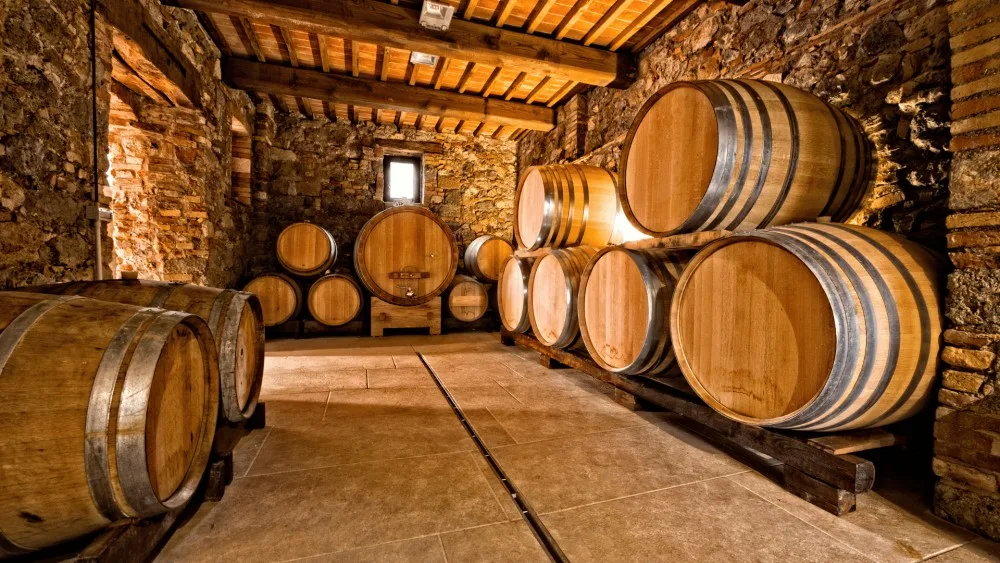Introduction Mulberry Wine
Imagine a wine that perfectly captures the essence of summer by fusing the finesse of a well-crafted vintage with the delicacy of ripe mulberries. A hidden gem in the winemaking industry, mulberry wine provides a fascinating and distinctive drinking experience that is full of taste and history.
Resveratrol, an antioxidant also present in red grapes and red wine, is abundant in mulberries and has anti-inflammatory properties. For its ability to shield cells from oxidative stress and lessen inflammation in the body, resveratrol has been researched.
Mulberry Wine Benefits
Heart Health:
According to some research, resveratrol may support heart health by encouraging healthy blood arteries and perhaps lowering the risk of heart disease. To completely comprehend its impacts on humans, more research is necessary.
Blood Sugar Control:
Mulberries have substances that may aid in controlling blood sugar levels. This could be beneficial for those who already have diabetes or are at risk of developing it. Again, additional study is required to verify these effects.
Cholesterol Control:
According to some research, mulberry extracts may help reduce levels of LDL cholesterol, sometimes known as “bad” cholesterol, which may enhance cardiovascular health.
Anti-Inflammatory Effects:
The antioxidants in mulberries may have anti-inflammatory qualities, which may help to lessen health problems brought on by inflammation.
Skin Health:
Because mulberries are high in antioxidants, they may help maintain youthfulness and improve skin health by reducing oxidative stress. Some skincare products contain mulberry extracts.
Mulberries are a good source of vitamins and minerals, including potassium, vitamin C, and vitamin K. They also include dietary fiber. The whole health and well-being of an individual depends on these nutrients.
Digestive Health:
The dietary fiber in mulberries can help maintain gut health and promote regular bowel movements, which can help with digestion. While mulberry wine might have some of these potential health advantages, it’s crucial to remember that it still contains alcohol. Alcohol abuse can have detrimental impacts on one’s health, including a higher chance of addiction, liver disease, and other conditions. If you want to take advantage of mulberries’ possible health benefits, think about ingesting entire mulberries in your diet, including them in a balanced meal plan, or indulging in mulberry wine in moderation.
Recipe for Homemade Mulberry Wine
Ingredients:
ripe mulberries, 4 cups
3 cups sugar, granulated
1 teaspoon fruit wine-friendly wine yeast
1 teaspoon of yeast food
A quart of water
Equipment:
(Glass or food-grade plastic) large pot for fermentation
Airlock
Cheesecloth or a strainer with fine mesh
Hydrometer (for determining the amount of sugar)
Bottles and corks for wine
Instructions Mulberry Wine
Preparation:
Remove any stalks or leaves from the mulberries and give them a good wash.
To release the juices from the mulberries, crush them. You can mash potatoes with your hands, a food processor, or a potato masher.
Building Must:
Mulberries that have been crushed and water should be put in a big pot.
For around 10 minutes, simmer the mixture at a low temperature. This aids in mulberry flavor and color extraction. After the heat is turned off, the mixture should cool.
Checking the Sugar Content:
Utilize a hydrometer to determine the specific gravity once the mixture has cooled. You can then estimate how much sugar is in the must.
Add granulated sugar to change the amount of sugar. While slowly whisking, dissolve the sugar in the must.
Beginning of fermentation Mulberry Wine
With some headspace still present, transfer the must to a fermentation container.
On top of the must, sift the wine yeast and yeast nutrients.
Use an airlock to close the container.
Fermentation:
Set the fermentation container in a cold, dark, and consistently warm environment (about 70–75°F or 21–24°C).
Give the mixture about 1-2 weeks to ferment. The yeast will start turning sugars into alcohol at this point. The airlock can have bubbles in it.
Racking:
After the first fermentation, siphon the wine into a clean container. The racking procedure aids in separating the wine from the sediment.
Aging:
Seal the new container with an airlock and let the wine continue to ferment and clear. This can take several months.
If desired, you can transfer the wine to another container once or twice during this aging process to further clarify it.
Bottling:
The wine is ready to be bottled if it is stable and transparent.
Sterilize your wine bottles and corks. You can use Campden tablets to ensure sanitation.
Carefully siphon the wine into the bottles, leaving a little space at the top.
Cork the bottles securely.
Mulberry wine gives a symphony of flavors and scents with every sip, a waltz of sweetness and finesse. A wine is produced as a result of the carefully chosen mulberries, the thorough fermentation process, and the patient aging in oak barrels. It carries the tradition of its origins while embracing modern trends.






